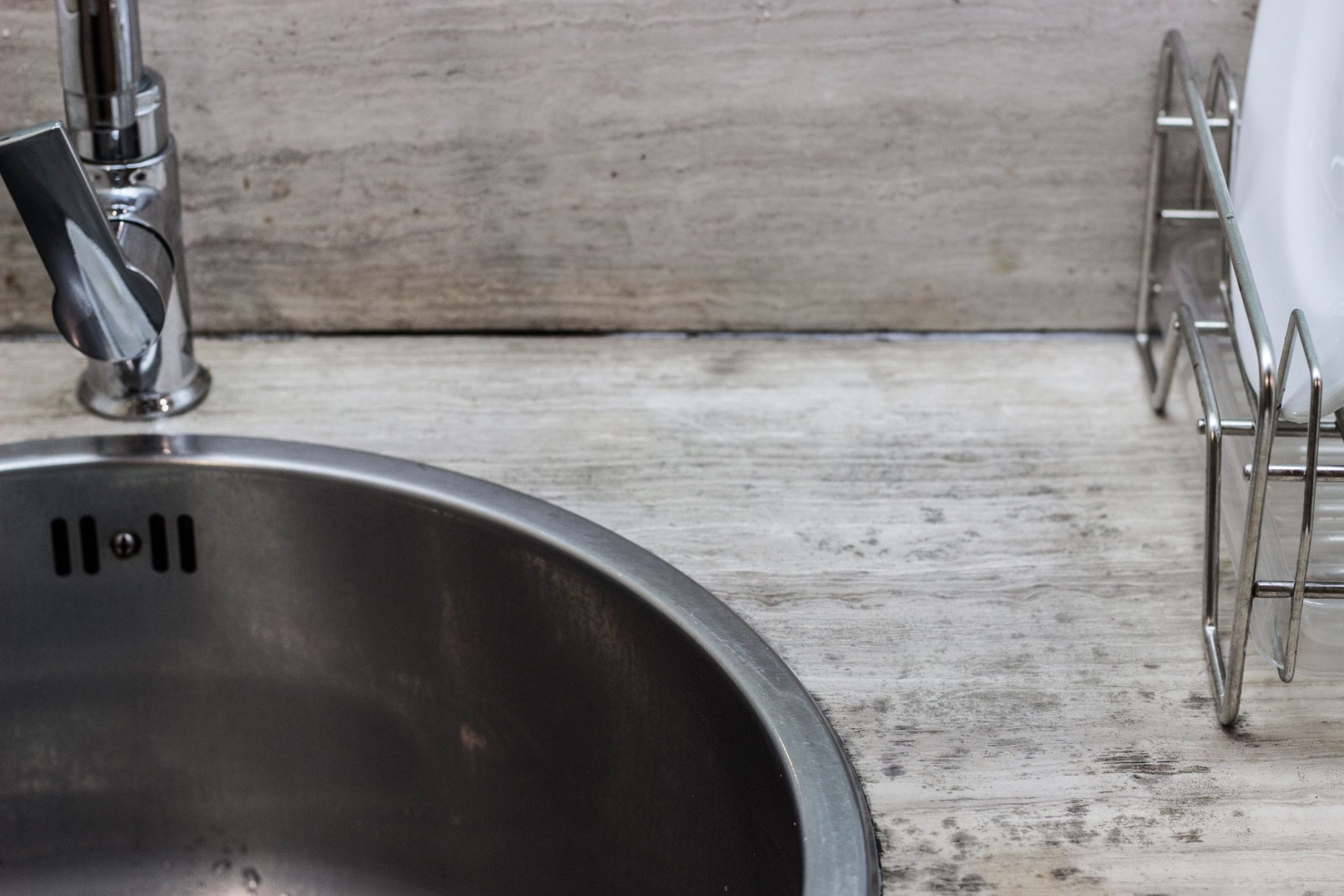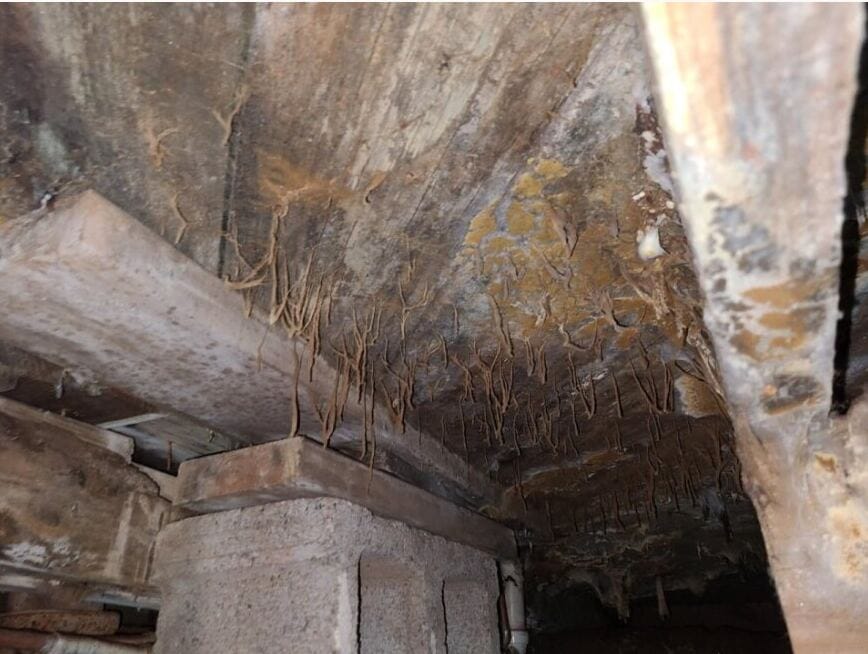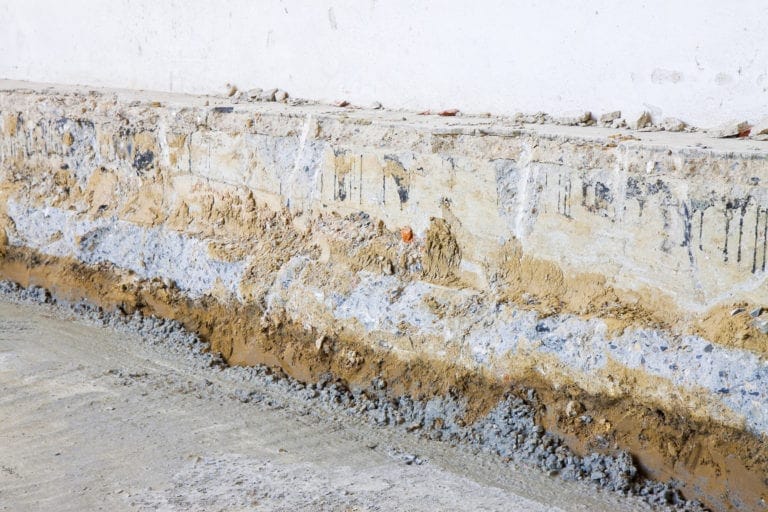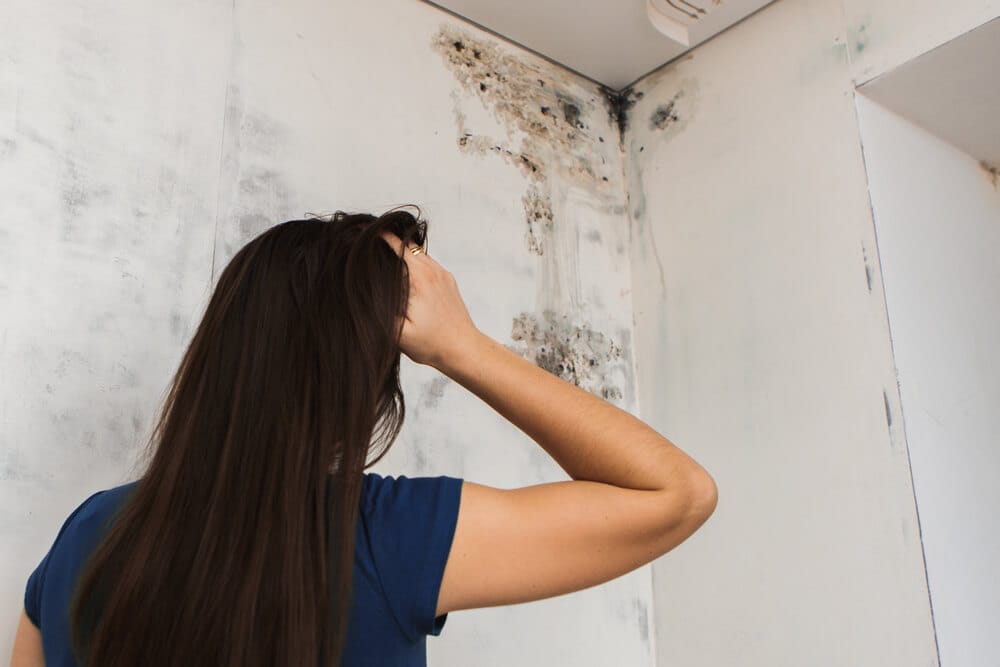As a homeowner, theres no doubt that the thought of house mold can make your teeth chatter. After all, with so many different types of mold out there and with all of them capable of making your house a miserable place to live, the last thing you want to discover is a fair share of uninvited guests invading your humble abode. Luckily, learning about the different types of mold and understanding how to eliminate them can drastically reduce your risk of respiratory problems.
Explore the 12 Types of Mold Found in Houses
If youre here to discover the twelve common types of mold in homes, then youre in the right place.
From this article, you will find out:
- The 12 different common types of mold in homes
- What makes each type unique
- What to do with them (some require different and/or more extensive removal plans)
The Three Categories Of Mold
Common household mold can be classified into three categories: allergenic, pathogenic, and toxic.
- Allergenic molds can require removal by a professional, but most allergenic molds can be removed with home disinfecting products. These types of mold are usually only harmful to people with allergies and preexisting respiratory issues.
- Pathogenic molds can be controlled with disinfectants, but large colonies require professional removal. These types of mold can make healthy people sick
- Toxic molds are the most harmful and require a professional to kill the mold and dispose of any affected materials. These types of mold emit mycotoxins harmful to the body.
Causes Of Mold In Homes
Mold is caused by many underlying problems. The most common is by far water damage. Mold thrives in dark, damp areas, and when you allow water or precipitation to build up in your basement/crawlspace/bathroom cabinets, it will settle and flourish.
Effects of Mold In Homes
Mold can have detrimental health effects on adults, children, and pets living near it.
Short-Term Effects Of Mold
- Trouble breathing
- Coughing and wheezing
- Coldlike symptoms (stuffy nose, scratchy throat, etc)
- Skin rash
- Itchy, watery eyes
- Nasal irritation
- Sinus and nasal congestion
Long-Term Effects Of Mold
- Memory loss, trouble concentrating, and serious confusion
- Mental health issues like depression and anxiety
- Muscle cramps
- Numbness
- Weight gain
- Sensitivity to light
Types Of Mold In Homes
Lets get into the list of mold found in homes:
1. Acremonium
The first type of mold in homes on our list is Acremonium. Acremonium is not only a common mold, but it also happens to be a smart one. This mold can change its appearance over time, constantly evolving to fit the current climate conditions. First, the mold starts as a moist-like substance, but it soon changes to a powdery one as time progresses. Acremonium can also take up various colors, ranging from pink to grey, orange, and even white, which may help it blend into the surroundings depending on the background. It tends to appear in areas of heavy condensation, such as around humidifiers and window seals.
Exposure to Acremonium is extremely dangerous, as the poisonous substance can cause bone marrow disease, breathing problems, and even immune deficiencies. If you think you might have this mold around your home, its best to call a professional immediately.
2. Cladosporium
The next up is Cladosporium. This mold is tricky, as it can grow in many places and climates. Cladosporium is a hearty mold that can grow and thrive in warm and cold conditions, so theres a good chance that youll see it no matter where your house may be located. Furthermore, the mold doesnt grow in plain sight along the walls; instead, it takes the sneaky route and hides within indoor materials such as carpets, upholstery, and other fabric-based materials. Since Cladosporium is an allergenic mold, it tends to cause many of the reactions that wed see in an individual exposed to allergies, including skin rashes, asthma, lung infections, and sinusitis.
3. Mucor
Whereas Cladosporium tries to be discreet about its presence, the mucor mold ensures that you know its present. Mucor is another allergenic mold that grows in thick patches and tends to grow very fast, taking over large portions of your home in a matter of days.
Mucor is commonly seen around air conditioners, but there are some occasions where it may grow on the carpet. Thankfully, in short exposures, this mold doesnt do much to harm the body; however, in greater exposures, it can cause asthma, worsen your asthmatic condition, and even cause flu-like symptoms. In extreme cases, it can even cause an uncommon but serious disease called mucormycosis. Mucor is another allergenic mold type thats white or gray. It thrives in areas where theres condensation-like moisture. This makes air ducts and HVAC systems a prime location where this mold can thrive.
Some people exposed to Mucor for a long time will also develop a sinus-affecting fungal infection called Mucormycosis. This can cause blood and digestive problems in addition to respiratory ones. You must have it removed immediately to protect your lungs, heart, and brain.
4. Fusarium
Do you like the idea of a home with water damage? Mold types like Fusarium enjoy plenty of water damage and thrive best in these locations. Fusarium is a mold thats commonly seen growing and spreading in cold temperatures and is allergenic and toxigenic, making for a very dangerous and even life-threatening combination that can affect your lungs, your bones, your nervous system, and even your brain.
Fusarium is commonly seen growing on wallpaper, carpets, and other fabrics, and it can spread very quickly from room to room. It also often tends to be pink, white, or red, so if youve seen this mold around your home, youll want to get rid of it immediately.
5. Penicillin
Even if youve never seen penicillin in action, theres a good chance youve heard of the name before. Penicillin is one of the most well-known of the common mold types, partly because of its trademark blue or green color and velvet-like texture and because its also responsible for several antibiotic advancements and food processing capabilities.
However, even though this mold has its fair share of good deeds, it can be catastrophic within a household. Penicillin spores can easily become an airborne mold and enter your respiratory system, causing pulmonary inflammation and asthma. Extensive exposure can lead to a severe condition known as chronic sinusitis. If this mold is found, make sure you remove it quickly and deal with any water leakage around your home to keep it from returning a second time.
6. Alternaria
Alternaria is the most common type of household mold out there. It is also sometimes referred to as bathroom mold since it grows in damp areas. The most common areas include bathtubs and showers and below leaking sinks. This mold is fuzzy-looking and brown or dark green. It causes few long-term impacts but can cause asthma-like symptoms like coughing and wheezing. The main issue with Alternaria is that it spreads quickly and can take over your entire home when left unchecked.
7. Black Mold
Black mold, also called Stachybotrys, is one of the most infamous house mold varieties. Its either black or extremely dark green and has a slimy texture. Because it grows in damp areas that have been humid for weeks, its often found in basements and crawl spaces. It also commonly grows on wood, cardboard, and paper in dark areas around the home. Black mold is also called toxic mold because it releases mycotoxins, leading to severe health risks for those inhaling it. Those exposed will feel burning sensations in their airways, chest tightening, severe cough, fever, nosebleeds, neurological issues, mental illness, pulmonary bleeding, and fatigue.
8. Aspergillus
Found indoors and outdoors, Aspergillus is another type of common mold that most people come in contact with. This mold wont be a big issue for healthy people with strong immune systems, but for those with compromised immune systems, the symptoms can be dangerous. Commonly found on decaying debris such as leaves, stored grain, compost piles, and pretty much all types of decaying plant materials, these mold spores, once breathed in, can spread from the lungs to other parts of the body. Of the approximate 180 species of this household mold, only around 40 are considered hazardous to humans.
9. Aureobasidium
This yeast-type fungus can be mistaken for another more sinister and dangerous mold but is far less likely to make you sick. Aureobasidium can start as a slimy pink color, but it will turn brown or black and can look like black mold. The only way to tell the difference is to have it tested; either way you dont want it in your home. Feeling safe that this mold isnt the dreaded black mold can be a relief, but when it comes to mold, even though it may not present a clear danger, it can still cause health issues and should be completely removed.
10. Chaetomium
If you find a white, cottony looking mold growing in your home, you may have found mold called Chaetomium. Harmful to the house and health, this strain of mold can be linked to several health issues and should be cleaned up immediately. It is commonly found on decaying wood and on water-damaged drywall and wallpaper. Needless to say, this type of mold is not to be taken lightly. Immune-compromised people can have severe reactions to this household mold; exposure can even lead to death for those with weakened immune systems.
11. Trichoderma
Although some molds have beneficial attributes, such as it is with Penicillin and Trichoderma, you really dont want either of these common household molds, or any molds for that matter growing in your home. Trichoderma is found outdoors as well as indoors. Indoors you can find it on drywall, wallpaper or other paper products, and in textiles such as carpet and upholstery. It is extremely fond of places where moisture is high, such as bathrooms and kitchens, and places where condensation can occur, like HVAC ducting. Highly damaging to everything it grows on, so getting rid of this household mold is a high priority.
12. Ulocladium
Fast growing, water-loving, and potentially costly, Ulocladium is one type of mold you can find in your home that you will want to eradicate immediately once you have discovered it. Because of its water-loving attribute, you will most likely find this type of mold in areas that have been flooded or have increased amounts of moisture. Bathrooms, kitchens, and basements are all prime areas to grow Ulocladium. It can grow on wallpaper, like painted walls and other painted surfaces. Another disturbing fact about Ulocladium is it will generally be found among other hazardous molds, including black mold.
Protect Your Home From All Types Of Mold
Now, you know the different types of mold that lurk in your house and how to eliminate them. That means its time to start eliminating harmful mold.
Contact us to discuss the professional mold removal services that we offer. Were happy to answer any questions and schedule a time to remediate your problem ASAP. Were committed to ensuring that your heart and lungs are safe, so we look forward to cleaning up your home.
No matter what types of mold your home could potentially have, it goes without saying that you dont want it in your house , period. To ensure your residence is free of any problems, youll want to make sure you call in professionals to take care of your needs. Luckily for you, you wont have to look any further.
At Spaulding Decon, We specialize in fighting back against harmful biohazards that can affect homes, commercial areas, and other places of residence. We handle various specialties, including mold removal, rodent dropping cleanup, residential & commercial cleanup, coronavirus decontamination, drug cleanups, and much more.
Ready to get started? So are we. Make sure to look around our site to learn more about what we do, and visit any of our locations whenever you need our services. Lets make sure you and your family stay safe!





